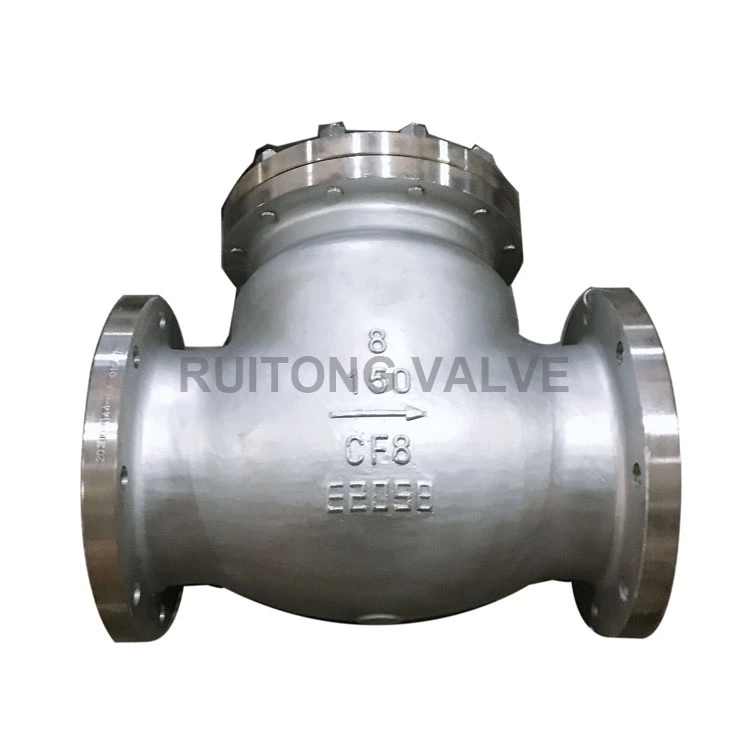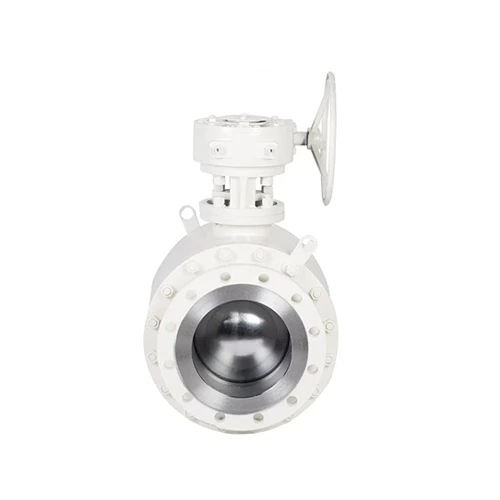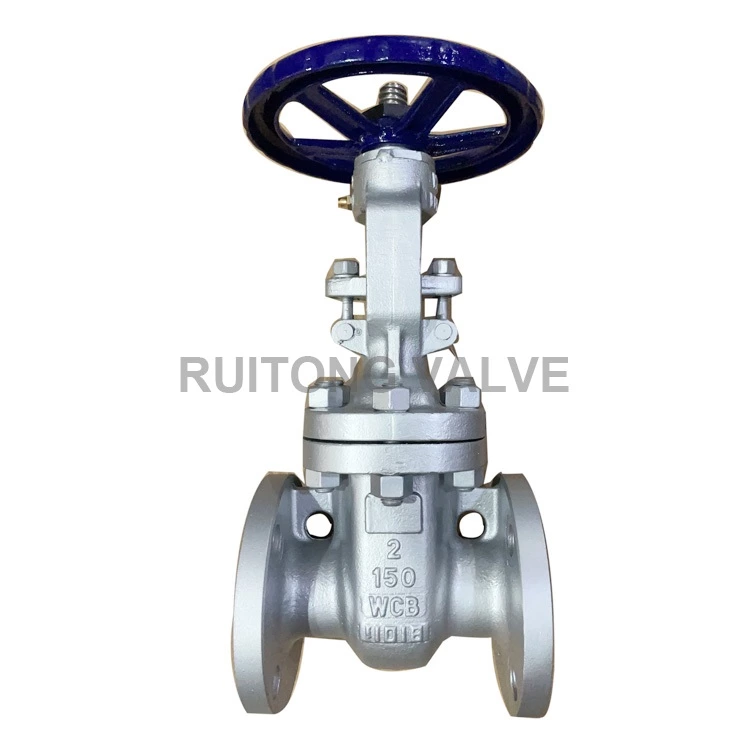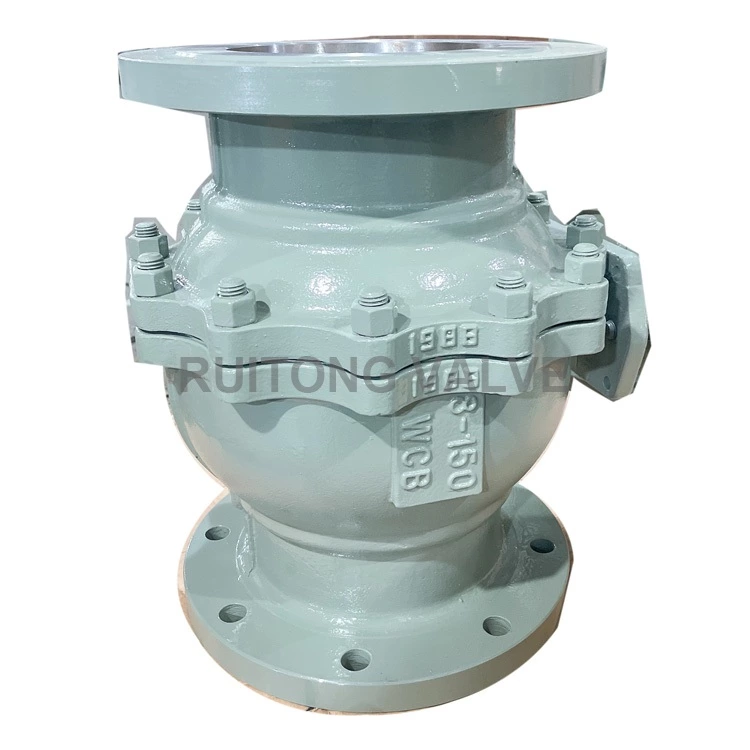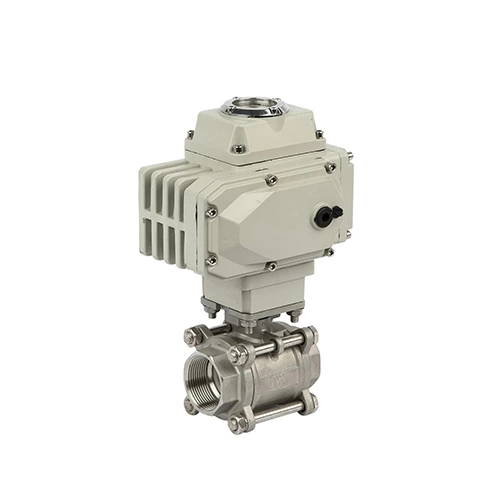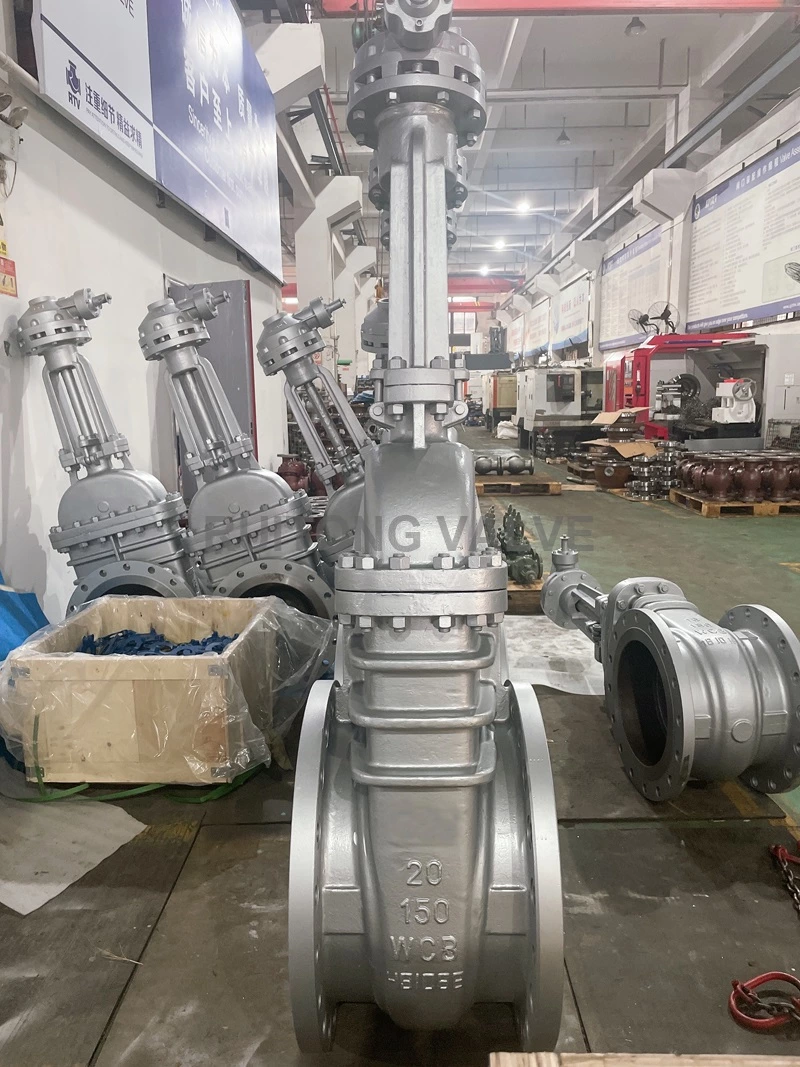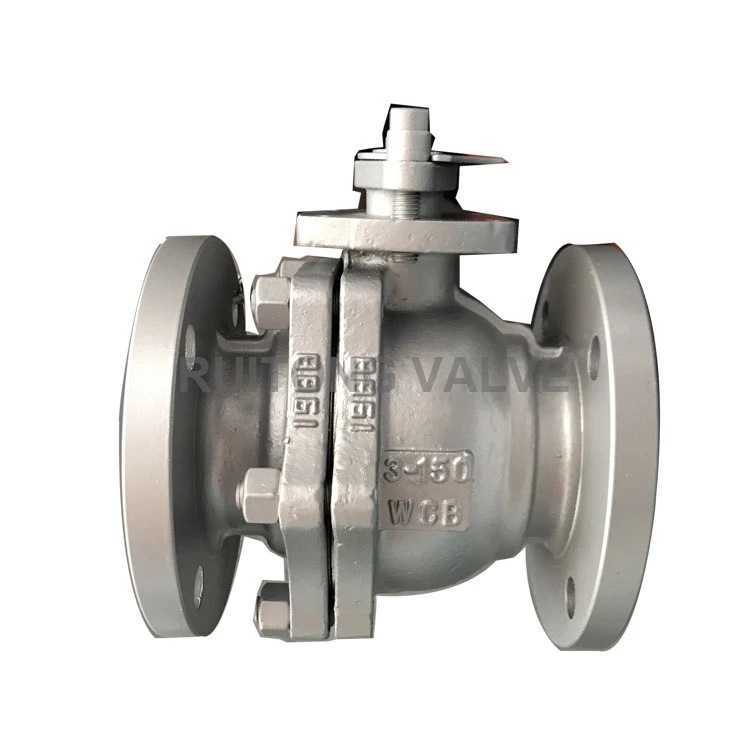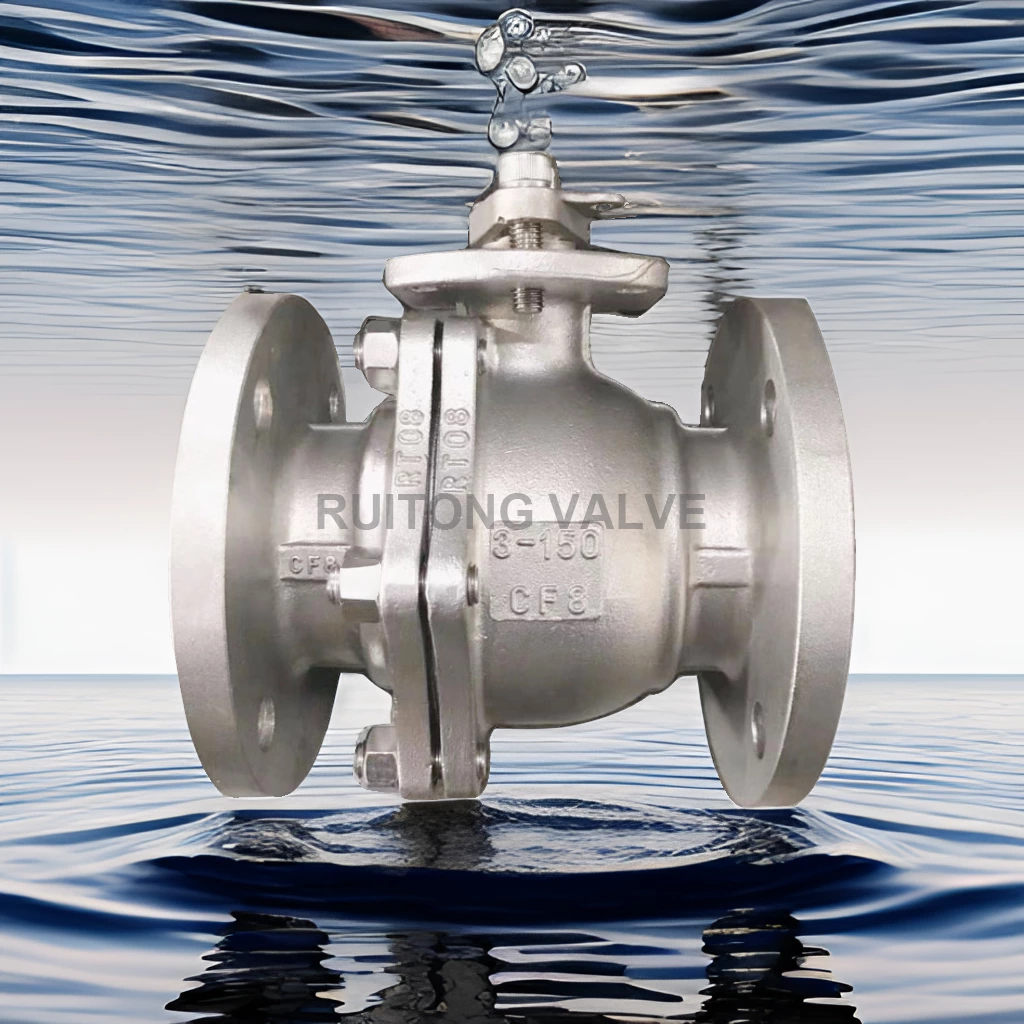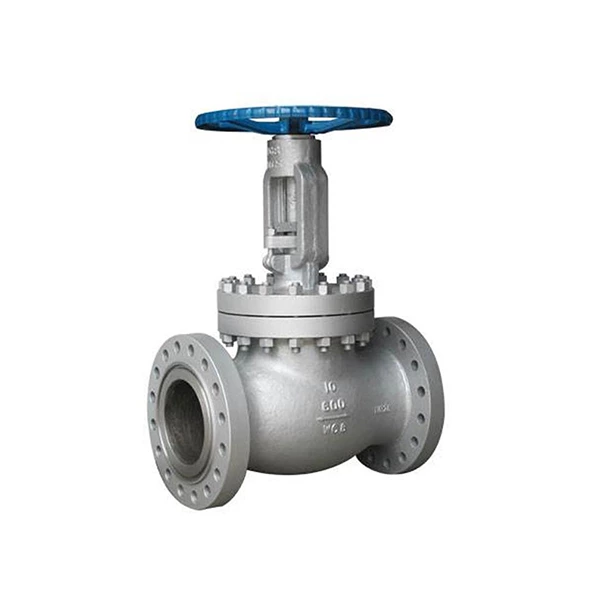Installation Process Of Pneumatic Valves
(1) Before installing and using the Stainless Check Valve, the valve must be inspected and tested for switch operation. It can only be installed and used when the operation is normal.
(2) When installing the pneumatic valve, the valve should be concentric with the pipeline flange as much as possible and supported and fixed. The ball valve should not be subjected to other external forces to avoid damage to the valve's center seal and valve deformation. This will cause the valve to switch malfunction or damage the valve and make it unusable.
(3) The power air source provided by the ball valve and pneumatic components must be clean and free of oil and water as much as possible. The cleanliness should be less than 0.4 microns.
(4) Before connecting to the air source, the air supply pipeline, air source interface, switch and other devices must be cleaned to prevent dirt and mud from entering the pneumatic actuator due to unclean pipelines and causing malfunctions.
(5) Copper tubes or nylon tubes can be used to connect pneumatic actuators, solenoid valves, positioners, filters, pressure reducing valves, etc. To prevent dust and reduce noise, a muffler or muffler throttle valve should be installed at the exhaust port.
(6) After installation, the pneumatic valve should be tested. The pneumatic actuator should be pressurized to the rated value, the pressure is 0.4~0.7mpa, and the pneumatic ball valve should be tested for opening and closing. The valve should be flexible and free of obstruction. If there is obstruction in the switch, the air pressure can be increased, and the valve can be opened and closed repeatedly to adjust the valve to open and close flexibly.
(7) When installing and debugging the switch type pneumatic valve, first use the manual device (manual button on the solenoid valve) to debug, and then power on and debug after the operation is normal.
(8) Pneumatic valves should be regularly maintained and the valve stem rotation should be refueled (engine oil) once every three months. Regularly drain the pneumatic actuator and the air filter used in conjunction with it. Under normal circumstances, check once every six months and overhaul once a year.
